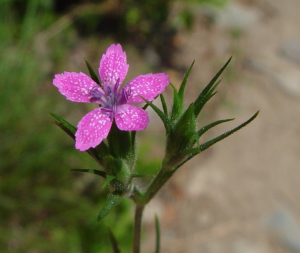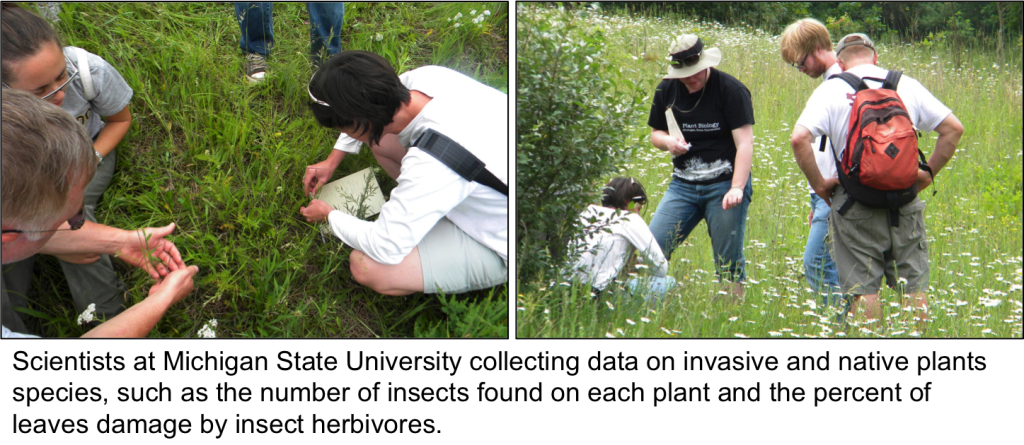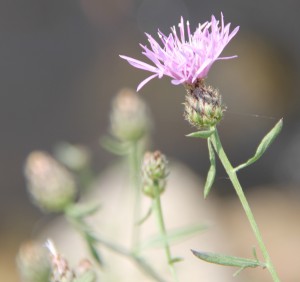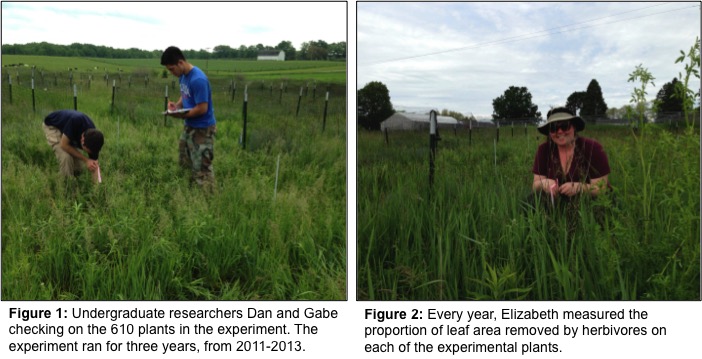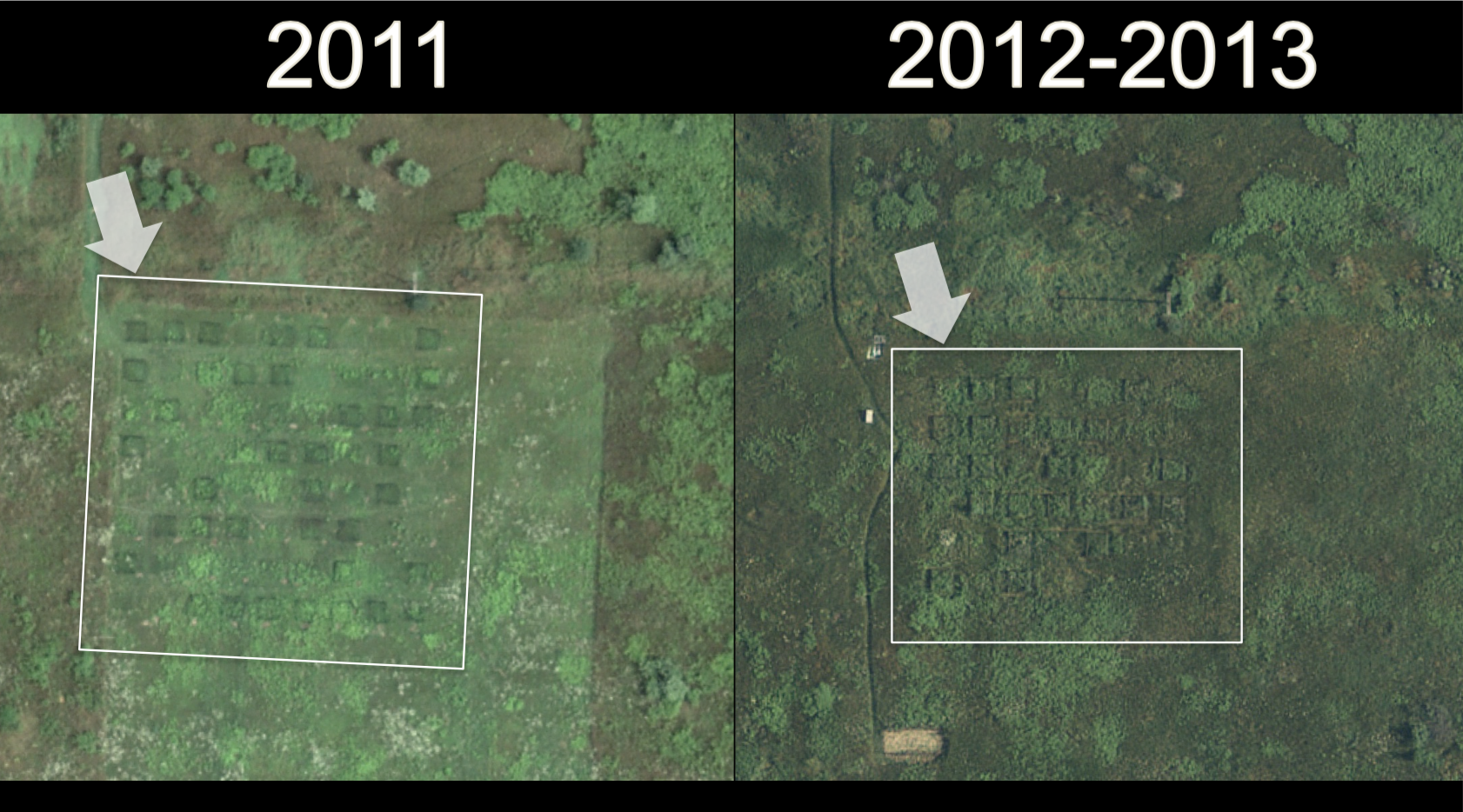The activities are as follows:
- Teacher Guide
- Student activity, Graph Type A, Level 2
- Student activity, Graph Type B, Level 2
- Student activity, Graph Type C, Level 2
- Grading Rubric
Invasive species, like zebra mussels and garlic mustard, are species that have been introduced by humans to a new area. Where they invade they cause harm. For example, invasive species outcompete native species and reduce diversity, damage habitats, and interfere with human interests. Damage from invasive species costs the United States over $100 billion per year.
Scientists want to know, what makes an invasive species become such a problem once it is introduced? Is there something that is different for an invasive species compared to native species that have not been moved to a new area? Many things change for an invasive species when it is introduced somewhere new. For example, a plant that is moved across oceans may not bring enemies (like disease, predators, and herbivores) along for the ride. Now that the plant is in a new area with no enemies, it may do very well and become invasive.
Scientists at Michigan State University wanted to test whether invasive species are successful because they have escaped their enemies. They predicted invasive species would get less damage from enemies, compared to native species that still live near to their enemies. If native plants have tons of insects that can eat them, while an invasive plant has few or none, this would support enemy escape explaining invasiveness. However, if researchers find that native and invasive species have the same levels of herbivory, this would no support enemy escape. To test this hypothesis, a lab collected data on invasive and native plant species in Kalamazoo County. They measured how many insects were found on each species of plant, and the percent of leaves that had been damaged by insect herbivores. The data they collected is found below and can be used to test whether invasive plants are successful because they get less damage from insects compared to native plants.
Featured scientist: Elizabeth Schultheis from Michigan State University
Flesch–Kincaid Reading Grade Level = 11.3
- For a lesson plan on the Enemy Release Hypothesis, click here.
- The Denver Museum of Nature and Science has a short video giving background on invasive species, here.
